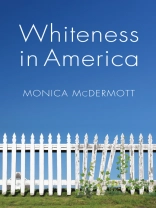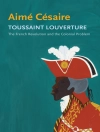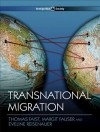When Americans think about race, ‘white’ is often the furthest thing from their minds. Yet whiteness colors so much of social life in the United States, from the organization and maintenance of social structures to an individual’s sense of self.
White has long been the invisible default category against which other racial and ethnic groups are silently compared and marked out as ‘different.’ At the same time, whiteness is itself an active marker that many bitterly fight to keep distinctive, and the shifting boundaries of whiteness reflect the nation’s history of race relations, right back to the earliest period of European colonization. One thing that has remained consistent is that whiteness is a definitive mark of privilege. Yet, this privilege is differentially experienced across a broad and eclectic spectrum, as is white identity itself. In order to uncover the ways in which its rigid structures and complicated understandings permeate American life, this book examines some of the many varieties of what it means to be white – across geography, class, and social context – and the culture, social movements, and changing demographics of whiteness in America.
Jadual kandungan
1 Introduction
2 The Invisible Privilege of Whiteness
3 Whiteness Visible
4 Attitudes and Culture
5 Whiteness Mobilized
6 The Future of White Racial Identity
Mengenai Pengarang
Monica Mc Dermott is Associate Professor of Sociology at Arizona State University.












